Have you ever seen a Saint Bernard and wondered how much bigger they could possibly get? Or have you been eyeing a Corgi puppy but are worried they may grow too quickly? Though all dog parents want their furry friend to stay as their adorable little puppy forever, all dogs must eventually grow into adulthood. But when do dogs stop growing?
Turns out, the answer isn’t as straightforward as you might think. In this blog post, we’ll cover everything you need to know about when dogs stop growing, including average growth timelines for small, medium, and large breeds and how you can tell if your dog is done growing.
The Breed Of Your Dog Is Related To Its Longevity

The full life cycle of a dog starts in puppyhood and moves through to elderly. Thanks to a study in 2007 by Dr. Kelly M Cassidy we can see how the breed and size of a dog may give you some insight into the average length they’ll live. There’s some obvious outliers like the English Bulldog at the top which isn’t the biggest dog but on average lives the shortest lives. Bulldogs and some other breeds are known to have genetic defects due to interbreeding to meet the breed’s strict purebred criteria. These can cause serious health issues which means it’s less likely to see a bulldog live a longer life. Interestingly, pugs are known to have similar genetic defects but live much longer than bulldogs.
It Has A Lot To Do With Your Dogs Size:
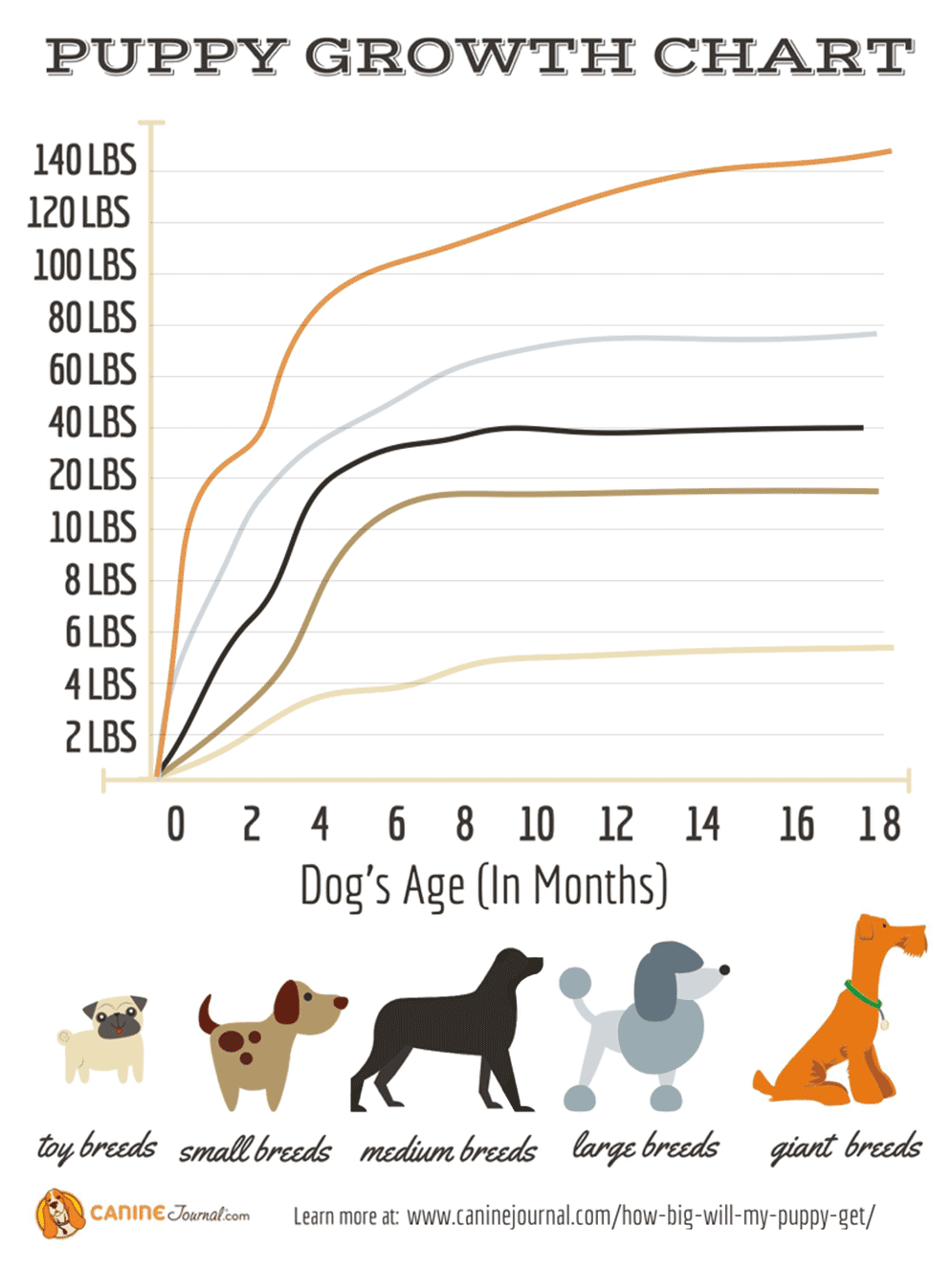
A Dog’s size is also a big factor in guessing their lifespan. On Average the bigger the dog is, the shorter they’ll live.
Why is this? The simple answer is that they're less likely to succumb to age-related health problems. But there's a bit more to it than that. For one thing, big dogs tend to grow faster than small dogs, which puts them at greater risk for joint problems later in life. Additionally, large breeds are more likely to suffer from heart disease and cancer. Larger breeds are more likely to get cancer because of their elevated rate of growth which can increase chances of the abnormal cell division associated with cancer developing.
One of the conclusions from research on 169,000 US dogs by Dr Silvan Urfer of the University of Washington was that the size of breed was the biggest factor in dog ageing.
How Do Dogs Grow?
Dogs have recognised stages that they grow through from puppy to adolescent. Depending on breed and from dog to dog it can take different amounts of time for a dog to fully grow. The very wide net you can cast is 6-24 months, though that doesn’t help too much.
To understand why this is so different it’s worth looking into how dogs grow. We’ll use an example from a dog's leg growing to explain it.
- The long bones in the puppies leg grow to form plates called growth plates.
- The growth plates are flexible and soft in puppyhood when they are still growing.
- Once the plates have stopped growing and become hard, the puppy has stopped growing and the dog has reached its final size.
As in all creatures though, muscle and fat can continue to develop as the dog ages. As we saw in the infographic earlier, giant breeds are especially likely to continue gaining weight over their lifetime.
Does Spaying / Neutering Affect The Dog’s Final Size Or The Rate That They Grow?
The short answer is yes, it does. This is a much bigger problem in larger dogs rather than smaller dogs. Some people believe that spaying or neutering your dog might lead to stunted puppy growth, this isn’t true. The opposite can actually be true if you spay/neuter your large breed too early. Early action on this can cause the dogs growth plates to continue growing past where they should, which increases the dog to a size it shouldn’t usually be. This can cause joint problems around the affected growth plates which can lead to joint disease later in life.
Please consult your vet for when the best time to spay/neuter a dog is. The science shown above is well recognised and vets will be able to give good and correct advice on when to spay/neuter a dog.
How Much Is A Dog's Size Based On Their Parents?

It’s always a good idea to get as much information as you can about the breeding pair that parented your pup. There’s a bunch of reasons but one is, it’s a great indicator of how big your dog will be all grown up. As we’ve discussed there’s a bunch of really important factors into the size of your dog but an average of the weights of the parents is a good place to start. Just like in humans or other animals you could get the biggest pup or the runt of the litter and they might end up completely different sizes so it’s not an exact science.
When To Be Concerned Your Dog Isn’t Growing
If you have a dog you think should be bigger but seems to have stopped growing it can be a cause for concern. There’s many factors that could cause your pup to stop growing. The first thing to do is to check what size (weight/height) the breed of your dog should grow too. There’s often a resource to show roughly what weight your breed should be at that time.
If you're still concerned it’s likely time to contact the vet to see if they share your concern.
Here’s some factors that can cause stunted growth in puppies:
- Malnutrition - If your pup is refusing food or not eating correctly it can cause stunted growth. For giant breeds puppies often need special food because they grow at such a rate so it could be the type of food your feeding the dog, rather than the amount they are eating
- Genetics - As we discussed earlier in the blog there’s different genetic factors that can lead to different sizes of dog. Some of the factors aren’t breed or environment related and could just be down to your dog’s parents being small for their breed. Obviously breed itself also factors into this and the growth rates for the different sizes of dog are in the infographic above.
- Internal Parasites - It’s possible your dog could have internal parasites which could cause malnutrition even if the dog is being fed correctly. These can often be spotted by the irregularities they cause in your dog's toilet habits and expulsions. It’s best to check with a vet if you're concerned about this with your dog.
How You Could Know What Size Your Puppy End Up
There’s often little tips and tricks you can use to help predict the size of your pup. One method is useful at 6 months of age.
- Measure your dog's height from the top of their shoulders to the floor. This is different to the top of your head like a human, dogs are measured from the shoulder down. Make sure your dog is standing up and on a flat surface.
- Multiply this figure by 100
- Divide by 75, This should roughly be the height of your dog fully grown.
Basically your pup at 6 months is 75% of the height they will be as an adult. Obviously this is a rough guess and doesn’t take alot of factors into account but it’s a fun way to check how big your dog might get in your home.
One of the common ways people think you can see how big your pup is going to be is by looking at paw size. While this isn’t completely incorrect as big paws generally do mean a big dog, It’s entirely possible the dogs paws just started growing early and while they’ll likely grow into them. It’s a much less accurate way of predicting your dog's size.
There’s a lot more information on this subject. If you’d like a more complicated but more accurate calculation try here
The Adult Sized Puppy Phenomenon
While some giant breeds might look scary at first glance there’s actually an interesting phenomenon around adolescent giant breed dogs. They often retain puppy-like behaviour past the 2 year mark of adulthood, as well as puppy-like facial features. This is relatively unexplained though it can be seen in a lot of different large breed dogs all over the planet. One explanation is that the puppy like features may excuse them for any mistakes they make around bigger dogs ( https://www.k9ofmine.com/when-do-dogs-stop-growing/ )
Other Similar Animals And How They Age
As you can see in the graphic, the rest of the animal kingdom doesn’t follow the same rules when it comes to size and its relation to age. The elephant is a great example of this, the oldest known age of 70 years despite being one of the biggest land species alive today. In this study by the national geographic
You can see a much more detailed breakdown of which animals live longer and why they do.
FAQ
-
What determines how big my dog will be?
Genetics and nutrition are the two main factors that determine a dog’s size. If your dog’s parents were small, there’s a good chance your pup will be too. However, if they have a large breed parent, they may grow to be larger than their siblings. Proper nutrition is also important – make sure your pup is getting enough food to support their growth! -
When should I be concerned if my dog isn’t growing?
If your dog is not growing at the expected rate, you should consult with your veterinarian. There could be a number of reasons why your pup is not hitting their milestones, some of which may require treatment. - How can I tell what size my puppy will be? It’s difficult to predict a puppy’s final size, as they can vary significantly from litter to litter and even within siblings. However, there are some general guidelines to follow including the size of the parents and the breed.
- Does spaying early stunt growth? Spaying and neutering your dog at a young age does not stunt their growth. It may have a detrimental effect on the joints of large dog breeds - this is due to spaying/neutering delaying the closure of the growth plate, causing dogs to grow taller than intended.
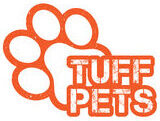
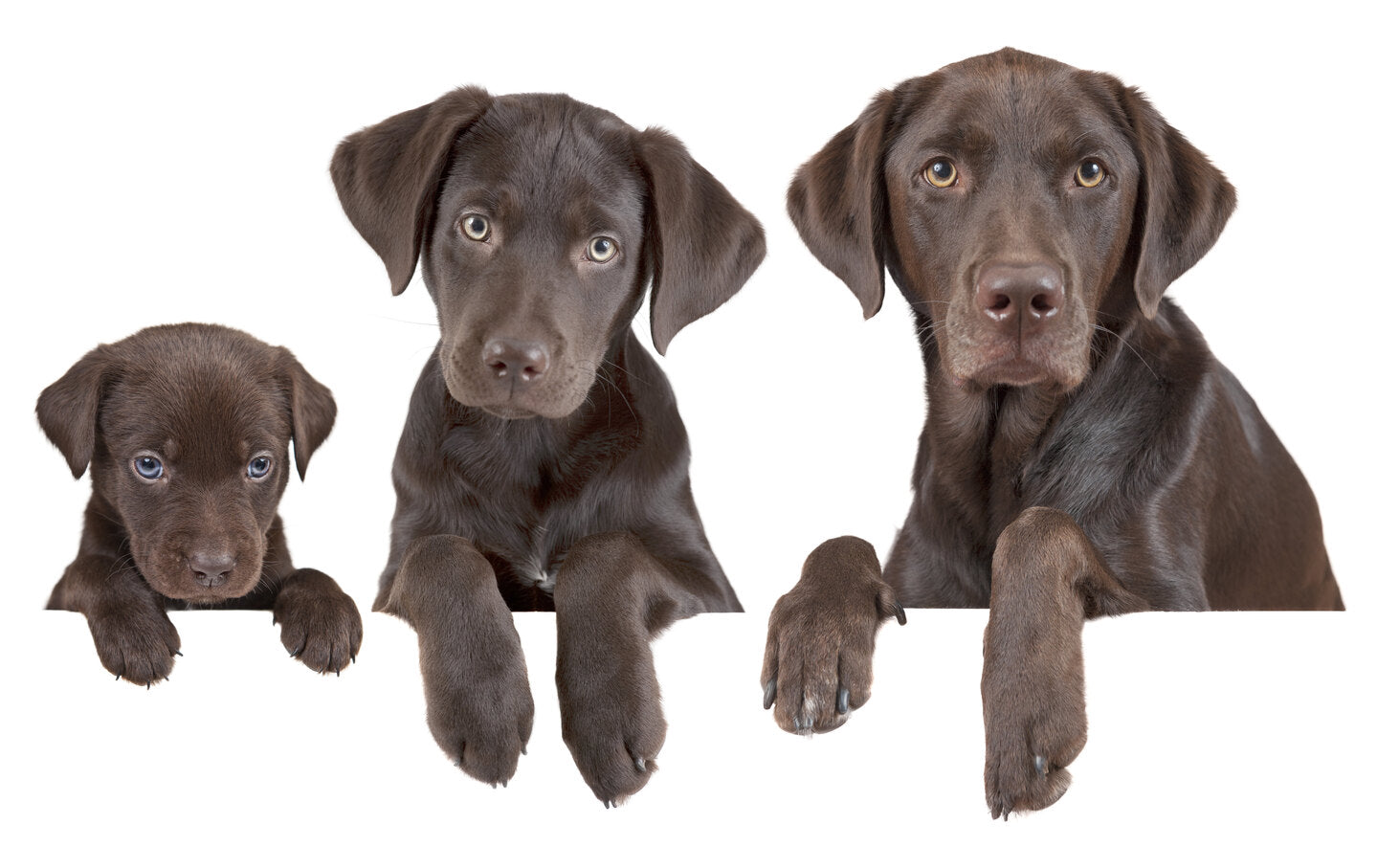
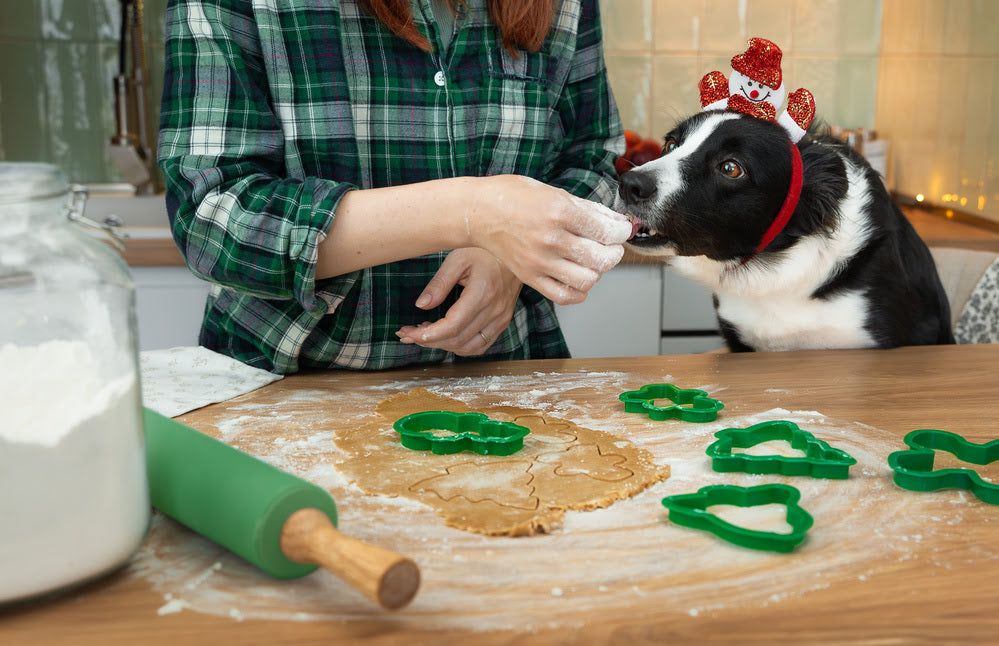
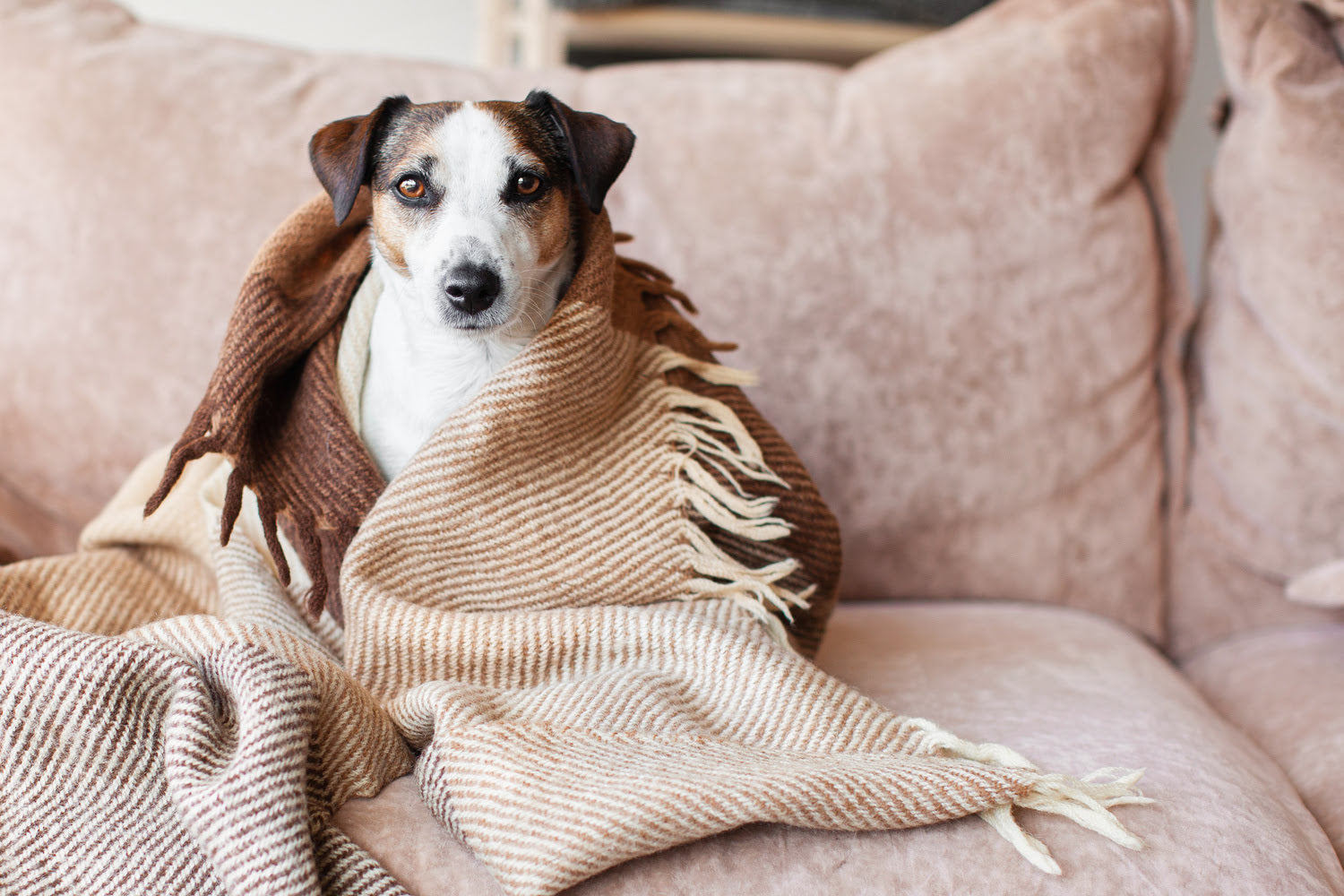
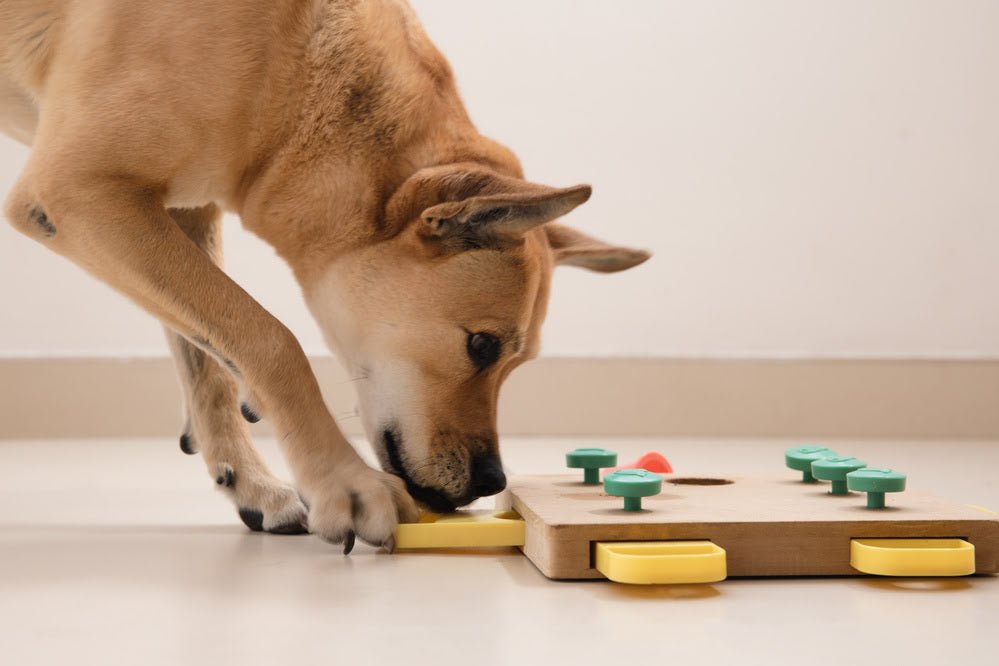


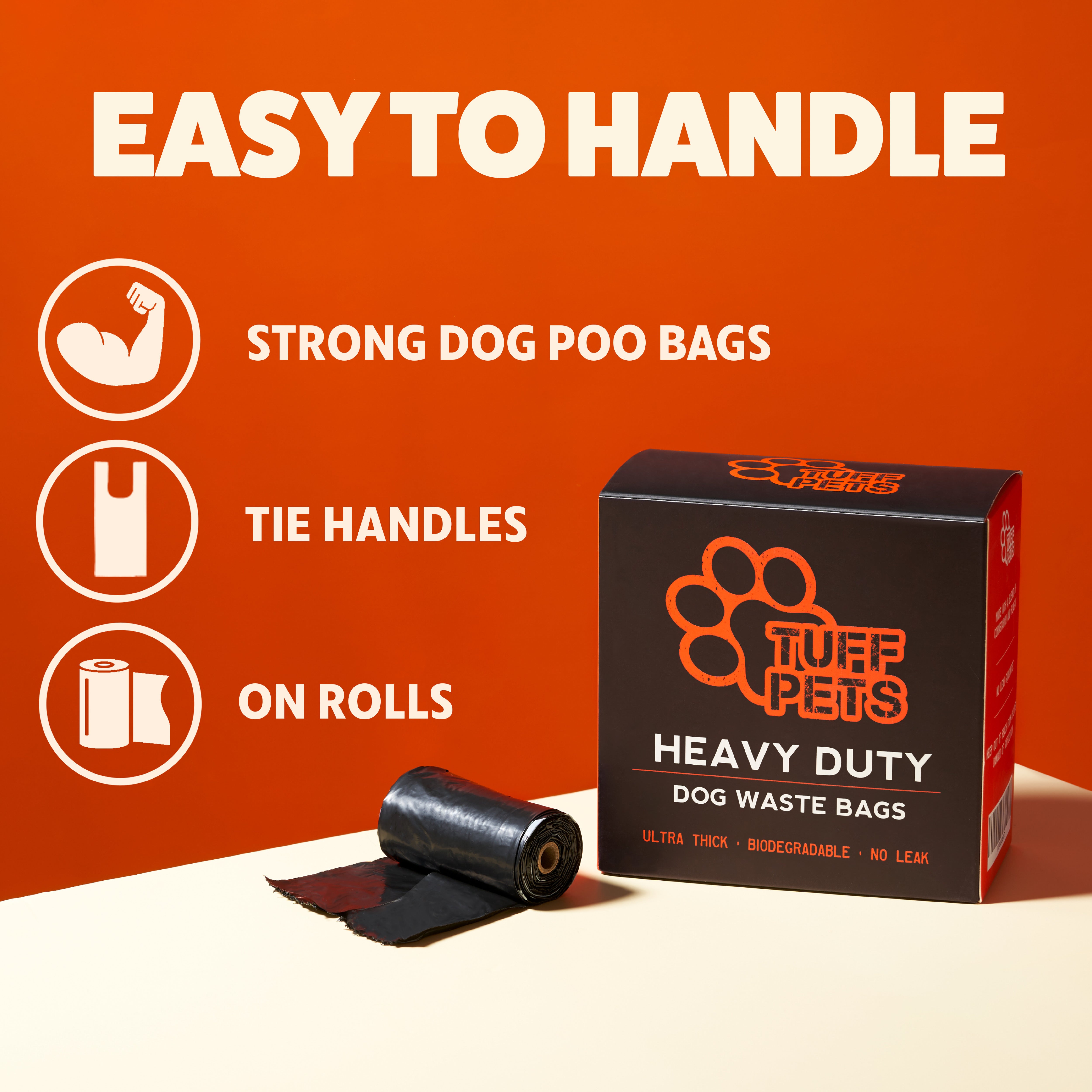
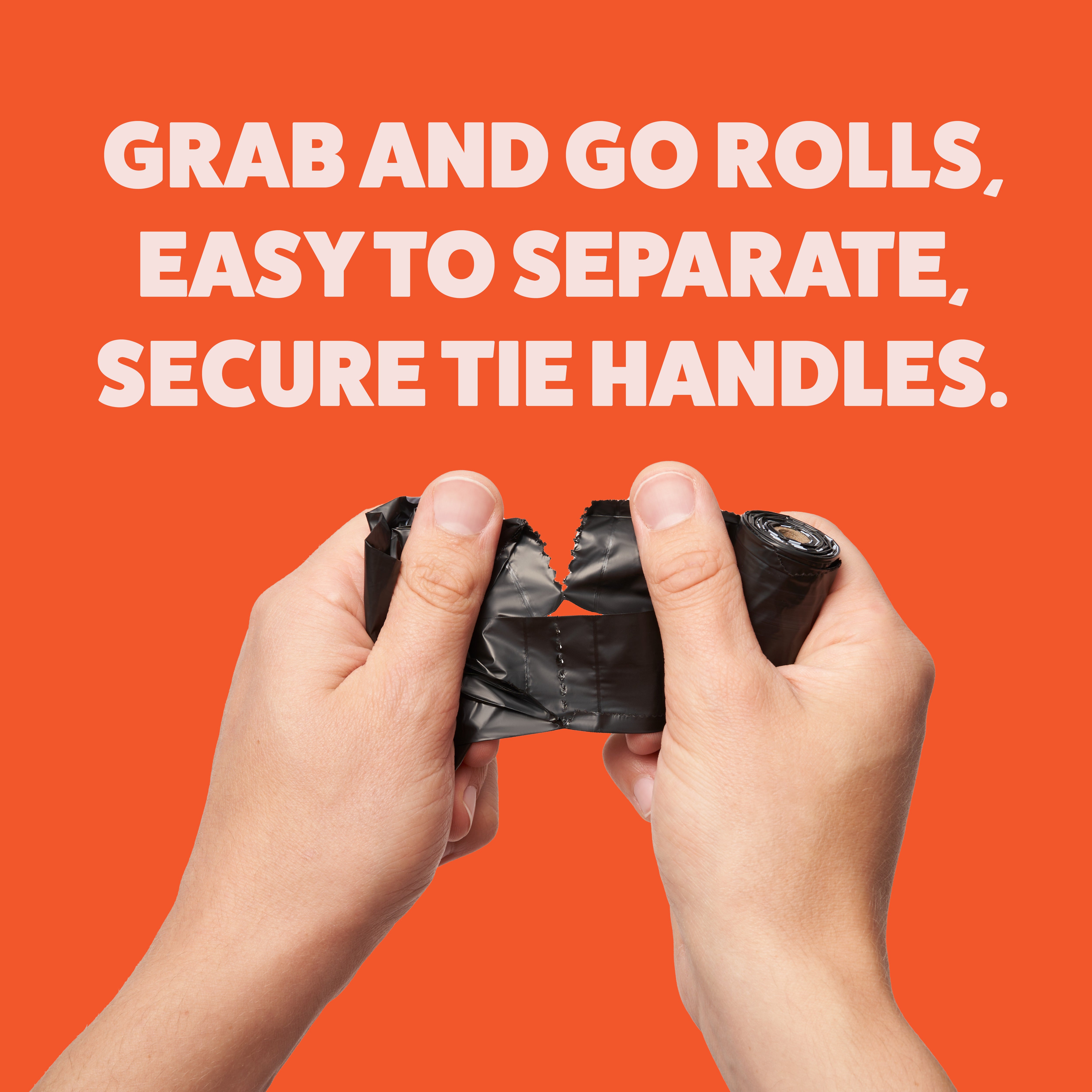
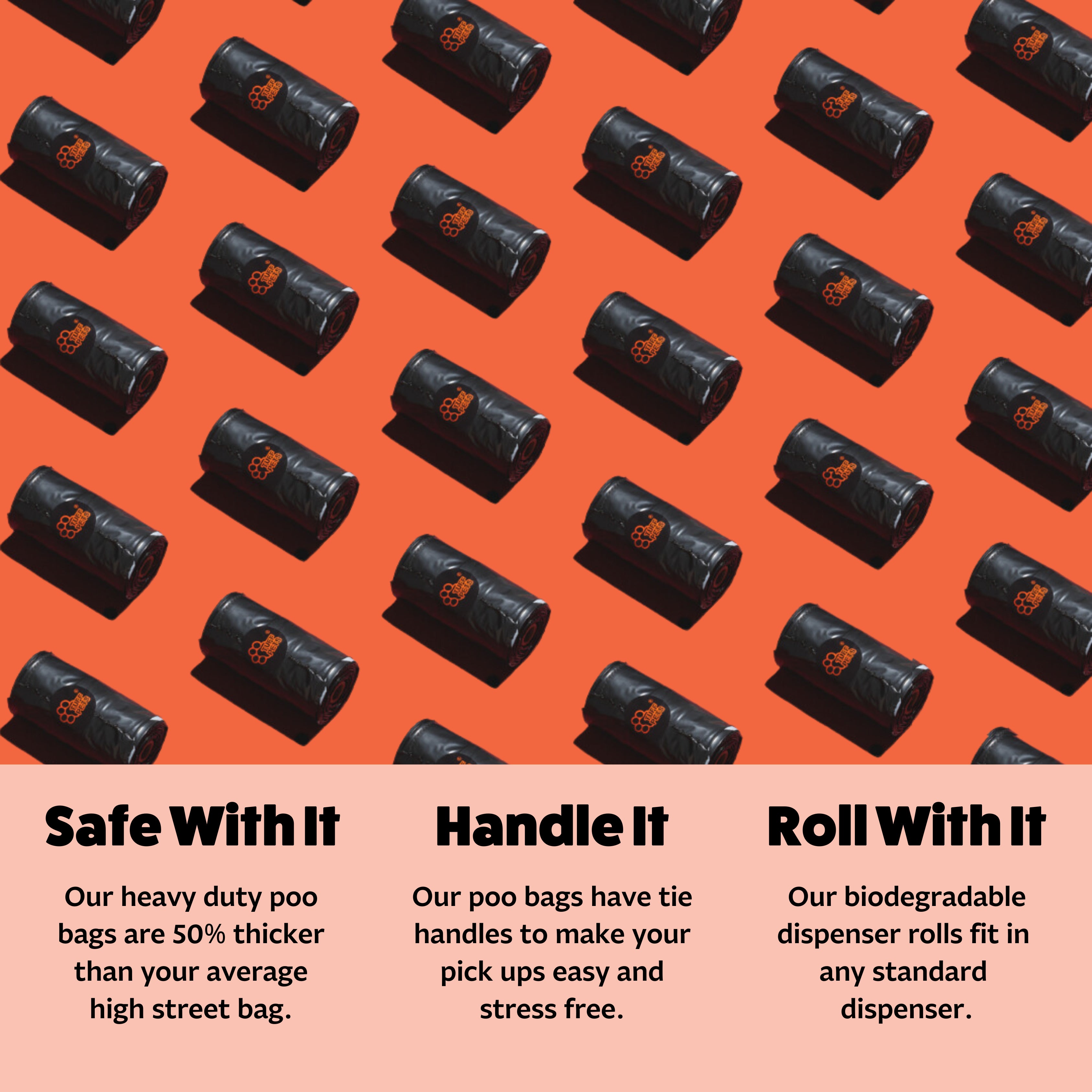


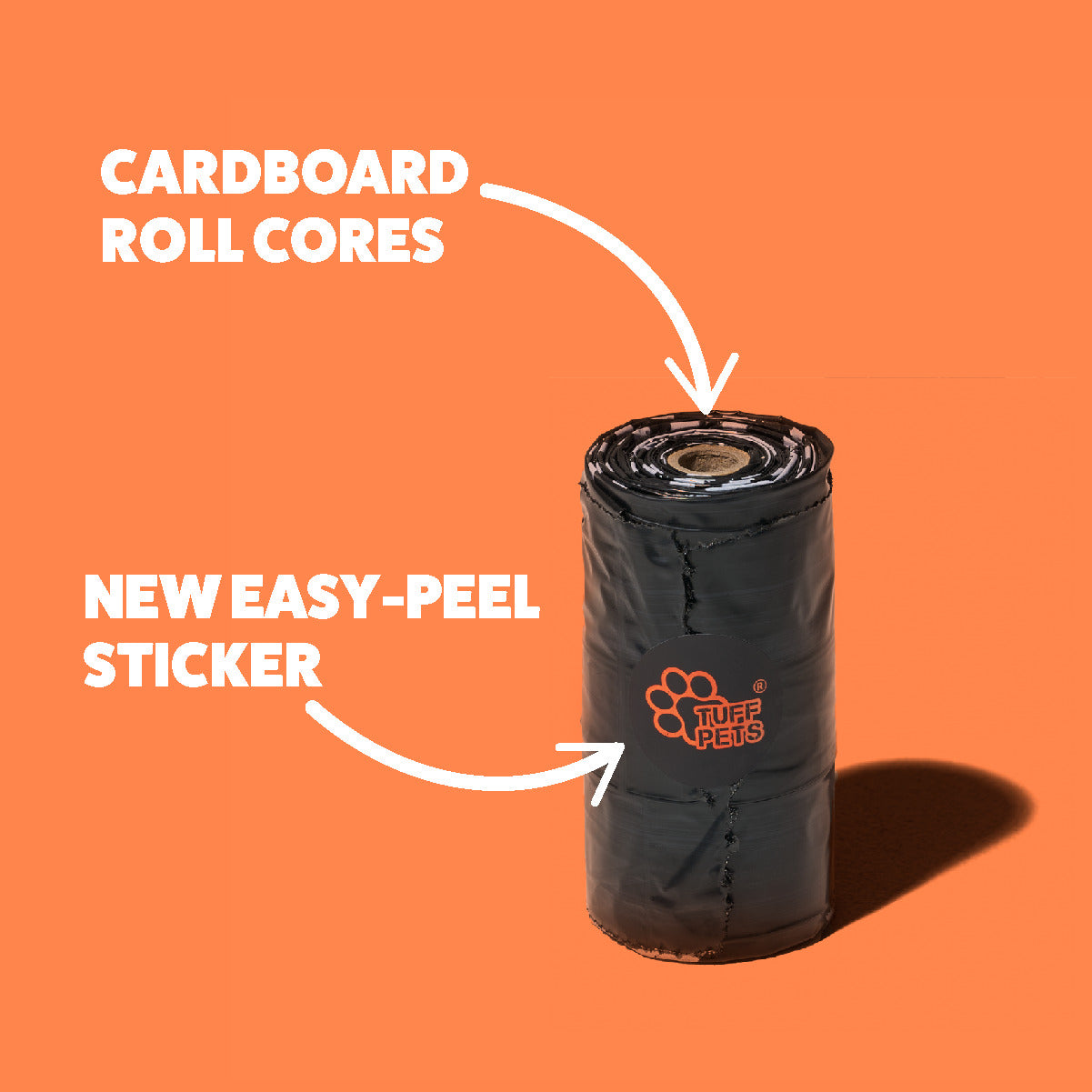
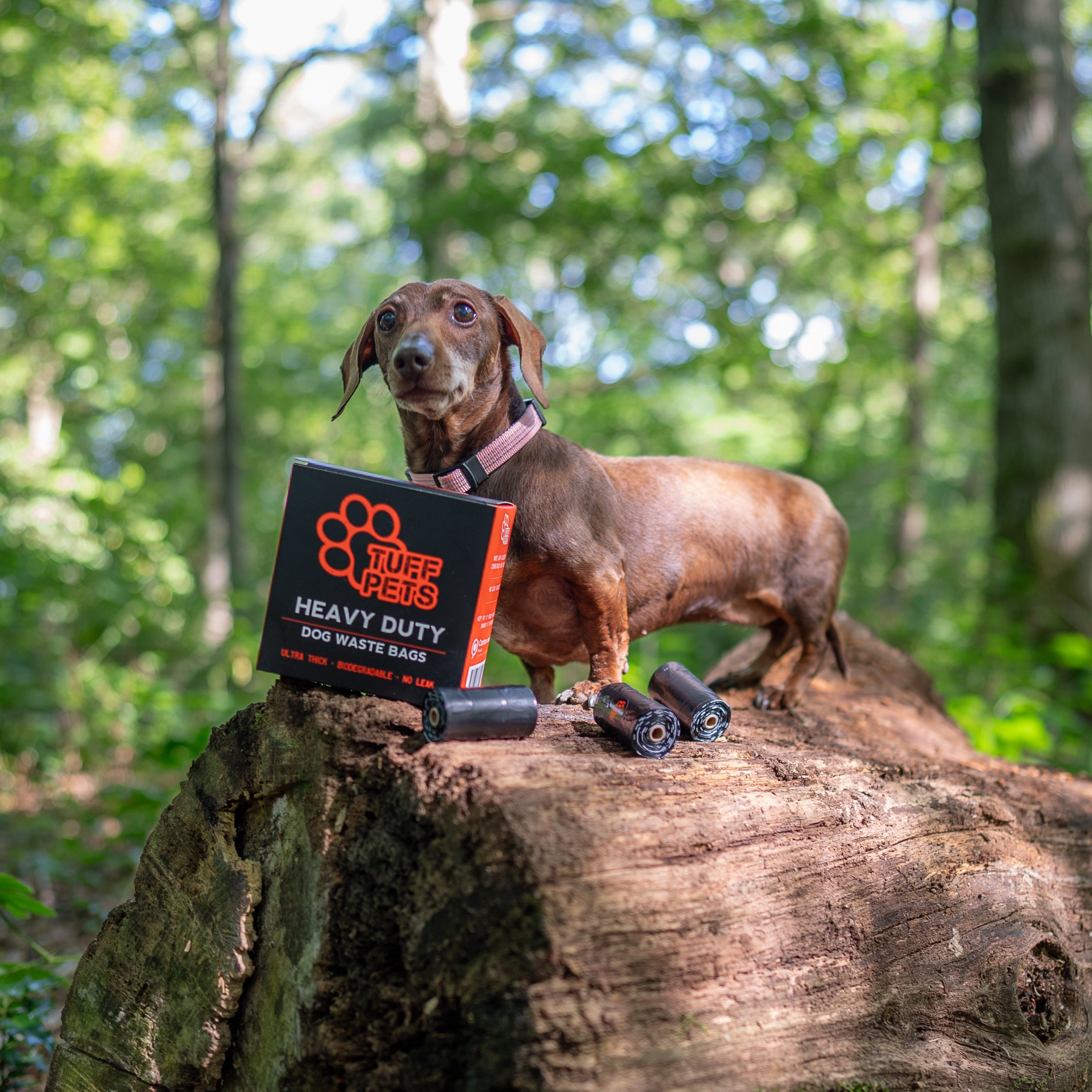




Share:
Why do dogs scratch at the floor?
How Much Water Should my Dog Drink?